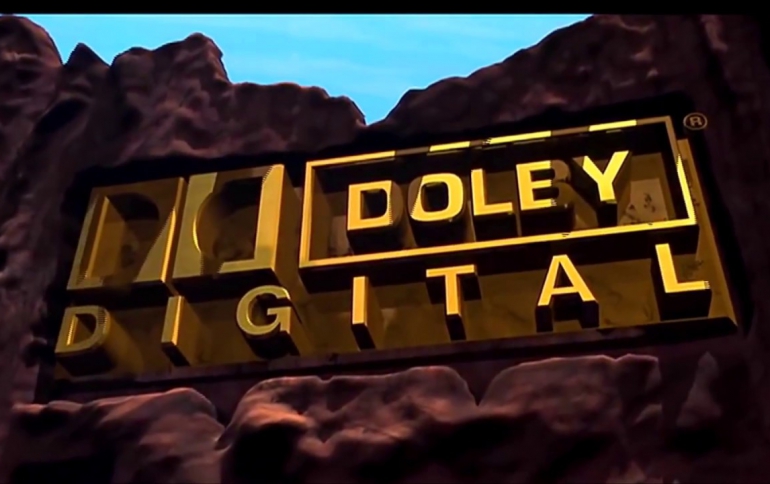
Dolby Vision Technology Promises Images with True-to-Life Brightness, Colors, and Contrast
Dolby Laboratories announced at CES Dolby Vision, a new imaging technology that helps content creators and television
manufacturers deliver brightness, colors, and contrast by
augmenting the fidelity of Ultra HD (UHD) and HD video signals
for over-the-top (OTT) online streaming, broadcast, and gaming
applications.
The company showcased content mastered and color-graded in
Dolby Vision at this week?s 2014 International CES event on the
latest UHD and HD TVs from Sharp and TCL Multimedia.
Even though most TV shows and movies are recorded using camera technology that captures the colors and brightness of real life, much of that richness is lost by the time consumers get to watch. That's because current TV and cinema color-grading standards are based on the limitations of old technologies and require that the original video content be altered - dramatically reducing the range of colors, brightness, and contrast - before it can be reproduced for transmission and playback. Dolby says its Dolby Vision changes that, giving creative teams the freedom to use the full gamut of colors, peak brightness, and local contrast, with the confidence that those will be reproduced faithfully on televisions that feature Dolby Vision.
An end-to-end solution, Dolby Vision works from content creation to distribution and playback, and says it is already receiving support from critical points in the ecosystem, from A-list Hollywood directors, to executives at major studios, TV manufacturers, and operators worldwide.
Dolby's for movies and television shows in Dolby Vision are currently expected to include Microsoft Xbox Video, Amazon Instant Video, Netflix, and VUDU.
Even though most TV shows and movies are recorded using camera technology that captures the colors and brightness of real life, much of that richness is lost by the time consumers get to watch. That's because current TV and cinema color-grading standards are based on the limitations of old technologies and require that the original video content be altered - dramatically reducing the range of colors, brightness, and contrast - before it can be reproduced for transmission and playback. Dolby says its Dolby Vision changes that, giving creative teams the freedom to use the full gamut of colors, peak brightness, and local contrast, with the confidence that those will be reproduced faithfully on televisions that feature Dolby Vision.
An end-to-end solution, Dolby Vision works from content creation to distribution and playback, and says it is already receiving support from critical points in the ecosystem, from A-list Hollywood directors, to executives at major studios, TV manufacturers, and operators worldwide.
Dolby's for movies and television shows in Dolby Vision are currently expected to include Microsoft Xbox Video, Amazon Instant Video, Netflix, and VUDU.





















